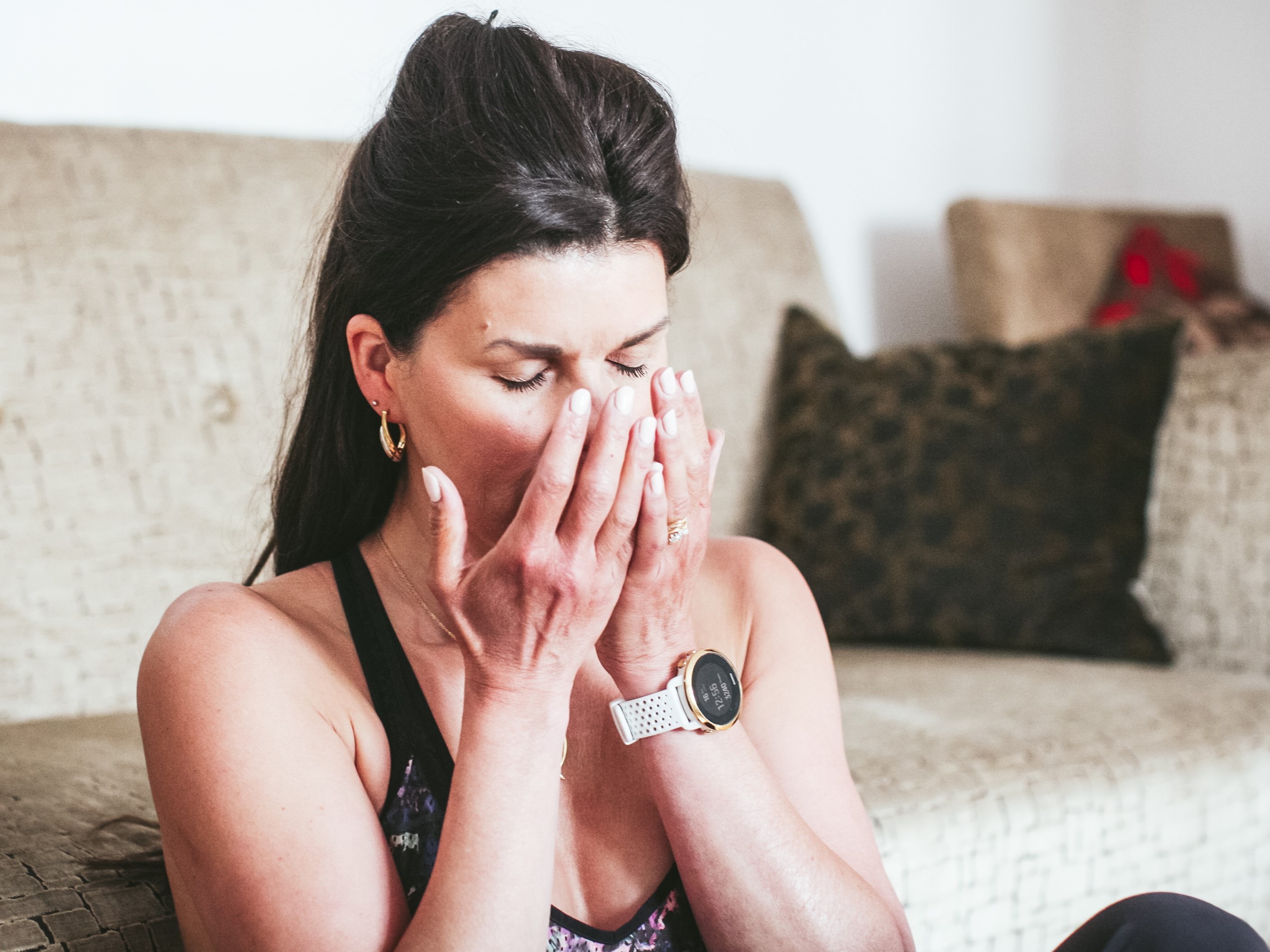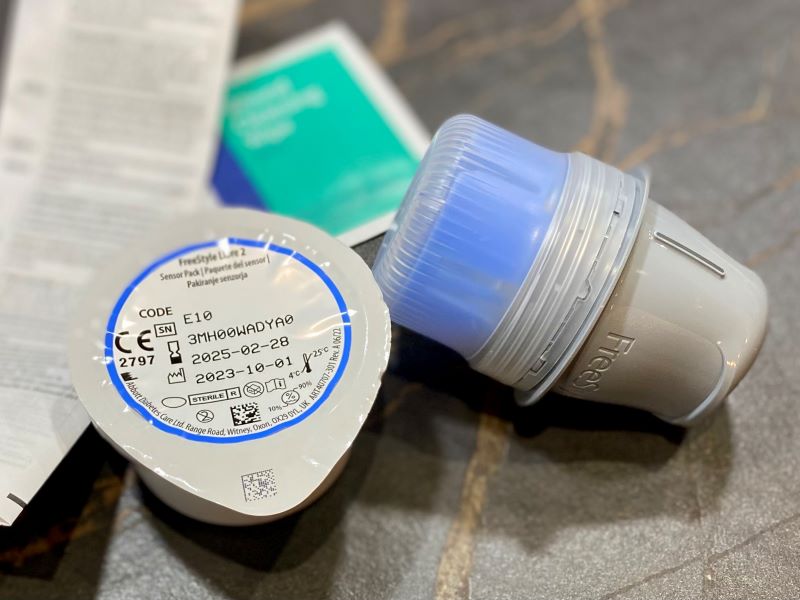Hormone disruption is often misunderstood as something that just happens to women! That’s why I wrote part 1, which explained how hormone homeostasis is crucial to optimum health, regardless of gender. However, it is true that keeping hormones in balance, throughout all life stages, presents more challenges for women and the consequences of imbalance are often more impactful. As extremely lean, physically active women are at more risk of experiencing the most devastating effects of hormone imbalances, this second part delves a little deeper into what can go wrong.
Female-specific Hormone Disruption
A key difference, when it comes to female hormone balance, is that from puberty hormone levels are in flux, throughout each, and every month. Most women are aware of these fluctuations; signs may be subtle, but many see dramatic shifts in mood as well as other, sometimes debilitating symptoms, throughout each monthly cycle. The uncomfortable truth is, that when our hormones are well-orchestrated, we should only experience slight changes throughout the month. The causes of imbalance are frequently multi-factorial and include diet, lifestyle, exposure to toxins, gastro-intestinal health, thyroid function, neurotransmitter balance as well as attitude towards self-care and interpersonal relationships!
Reactive Hypoglycaemia
In women of all ages, Reactive Hypoglycaemia is often a key factor driving hormone imbalance. I often explain this to clients as a blood-sugar roller-coaster – different foods release sugar into the bloodstream at different speeds. Refined carbohydrates such as cakes, chocolate, energy bars and drinks, will cause a rapid spike in blood glucose. This gives an initial boost of energy but often too much insulin is released; energy levels then crash as blood sugar levels drop resulting in hypoglycaemia within hours of eating. It is further compounded by a low intake of fat, fibre, and protein, skipping meals, constant grazing, caffeine, alcohol and “back-end” loading calories in the evening.
The body adapts by increasing insulin production so that circulating levels remain higher. Insulin works synergistically with growth and sex hormones so, in addition to the metabolic consequences, chronically high insulin disrupts sex-hormone balance; it inhibits synthesis of Sex Hormone Binding Globulin (SHBG), which binds preferentially with testosterone, resulting in increased levels of circulating testosterone. And insulin stimulates the synthesis of androgens in the ovaries! Once this pattern becomes established, women are at greater risk of developing acne, hirsutism, and Poly-Cystic Ovaries Syndrome (PCOS) or other menstrual irregularities.
RED-S or Female Athlete Triad
Something I see frequently with my very physically active female clients is menstrual cycle disruption arising from a diet that consistently provides too few calories. Relative Energy Deficiency in Sport (RED-S) has replaced “Female Athlete Triad” Syndrome as men suffer from the consequences of energy deficiency too. The initial physiological response to low energy availability is a surge in the stress hormone cortisol, which can mobilise glycogen stored in our muscles, to restore blood sugar levels. If more energy is required, then muscle tissue will be broken down; over-time this leads to muscle-wastage including heart and lung muscles!
The consequences of RED-S become even more serious for women though; a starving body is not capable of nurturing new life so chronic low energy availability precipitates a cascade of sex hormone adjustments controlled by the hypothalamus – the master controller of our endocrine system!
A suppression of the hypothalamic-pituitary-ovarian (HPO) axis leading to anovulatory cycles and eventually amenorrhea is a frequent consequence. And so begins a cascade of physiological changes with increasingly devastating consequences.
Just a few years without periods can lead to a significant reduction in bone-density, even in young athletes – British runner Billie Clay was diagnosed with osteoporosis aged 20! Furthermore, oestrogen is cardio-protective so chronically low levels also increase the risk of cardiovascular problems. During reproductive years, low energy availability will challenge fertility and, if pregnancy is achieved there is a higher risk of miscarriage. Menopause is then the next hurdle – if women have been without periods for many years, they may assume that nothing much will change. The reality is that oestrogen will decline even further leading to sleep disturbance, more severe vasomotor symptoms (e.g. hot flushes and night sweats), increased cardiovascular risk and weight gain!
Emotional Stress
This is often the most intractable underlying cause of imbalances; not only can it be difficult to pinpoint emotional stress, but the effects often pervade all body systems. Cortisol disruption frequently compounds bloods sugar instability, high adrenal output affects thyroid health and continual sympathetic nervous system dominance will cause problems with digestion and inflammation. The longer-term effects of stress also include neuro-transmitter imbalances, giving rise to mental health symptoms such as depression as well as addictive behaviour such as alcoholism. Moreover, long-term high output of stress hormones will deplete the body of essential nutrients required for synthesising sex hormones. Preferential synthesis will favour stress hormone production over sex hormones – quite logical really if you go back to the “running from a tiger” analogy.
Management Strategies
Improving blood sugar balance is always my priority. I recommend cutting out most simple sugars and replacing them with complex carbohydrates; these take longer to digest as they contain fibre and other nutrients such as protein, healthy fats, minerals, and vitamins. Instead of “spiking” the blood sugar, they produce a more gradual rise, meaning a steadier source of energy. Examples include vegetables, wholegrains, pulses, seeds, and nuts. Eating high quality, clean, lean, and organic protein with every meal along with healthy fats such as avocado or olive oil will further slow the rate at which blood sugar rises after a meal. Nutritional therapy can be effective in reversing metabolic syndrome and PCOS in those who commit to dietary change.
Eating plenty of vegetables, including leafy greens will add fibre, aiding the excretion of old hormones, and there is evidence that cruciferous vegetables, such as broccoli, can help with oestrogen metabolism. I also like to include more phytoestrogens such as chickpeas, tofu, tempeh, and flaxseeds.
Self-treating the early signs of energy deficiency may also be successful, especially if calorie shortfall has been inadvertent. Increasing calorie intake with a focus on high quality macro and micro-nutrients may be enough to bring the body back into balance. But women who are already experiencing amenorrhea should lose no time in seeking multidisciplinary professional help, especially to rule out any other underlying causes of low body weight. Hormone testing and an assessment of nutritional status as well as calorie expenditure versus intake is also essential. In addition, some form of psychotherapy may be required, especially for anyone with a fear of weight gain or showing signs of disordered eating.
A 360o lifestyle review is often needed to address emotional stress. Shockingly for some, the sport/activity they love has become stressful and they may need to rebalance their relationship with the activities they love the most. Taking a careful look at other relationships can be helpful too – where does your energy go each day? Who do you give your energy to? Yoga, a daily mindfulness practice and journaling are also useful self-care tools to help with stress reduction and getting a good night’s sleep is often the best medicine of all!







